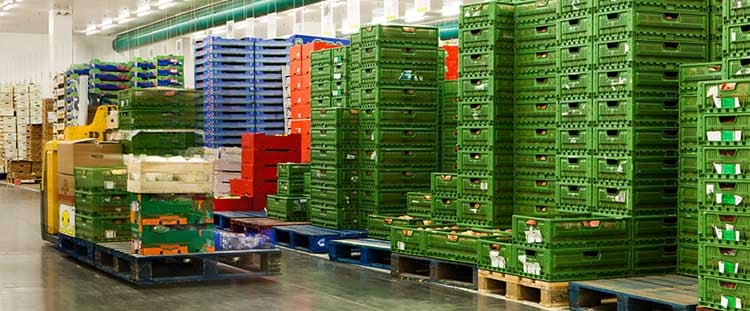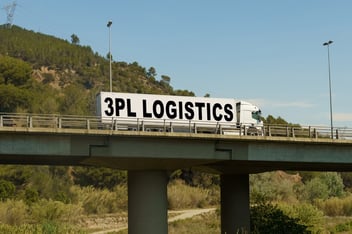The current global demand for fresher and better food is a major trend in the industry and also a great business opportunity for a food logistic operator like you, as we’ve seen in a previous blog. But this also involves several challenges for the supply chain industry at a global scale due to market globalization, in every single step of the logistics process, from warehouse management, through shipping, to last mile delivery.
The safety gap
According to Food Logistics, the main challenge for food logistic operators is the safety gap. “The globalization has created gaps in safety in the food supply chain and as a result, recalls are increasing. Food production, warehousing, transportation and supply chain technology has all evolved to close these gaps. But it has taken the supply chain time to identify all of its vulnerabilities and to get up to speed on the tools being introduced,” this specialized media says.

This safety gap has generated new regulations that aim to minimize the risks that comes with globalized food. “Confidence in the safety of the U.S. food supply has remained consistently high since 2008, according to the Washington, D.C.-based International Food Information Council. The organization’s 2014 consumer survey found that 67% of consumers have confidence in the U.S. food supply (...) The survey also suggested -Food Logistics adds- that the majority of Americans also have a positive view of modern agriculture, with 74% agreeing it can be sustainable, 71% saying it produces nutrition and high-quality foods, and 70% saying it produces safe food.”
Recalls
More regulations means more food recalls, a key factor that could contribute to the decline in confidence, as Food Logistics says. “Rising recalls also increase the cost of food operations, a cost that gets passed along through the supply chain.”
The same media underlines that, according to Swiss Reinsurance Company Ltd. (Swiss Re) report:
- Food contamination costs U.S. health authorities $15.6 billion per year.
- Half of all food recalls cost the affected companies more than $10 million.
- A globalized food supply chain is making risk management for food recalls more difficult.
Demographic creates vulnerabilities
The Food Logistics article also states that “food recalls can be caused by something as simple as a labelling error on the packaging, or as complex as a microbial contamination somewhere along a vast globalised supply chain,” says Roland Friedli, risk engineer at Swiss Re and co-author of the report. “Yet even a simple mistake can cost a food manufacturer millions in losses and even more in terms of reputation.”
The Forum for Agricultural Risk Management in Development (FARM) stands in their Logistics Risks in the Food Supply Chains report that they see three major risks (or challenges) for this industry:
Risk of food loss
“In many countries, especially poor countries -there is considerable food loss through spoilage at the farms due to lack of storage capacity as well as lack of capacity to transport the produce to processing plants or markets immediately after harvesting.”
As an example, FARM explains that the Sub-Saharan Africa suffers significant food loss, such as 8% of cereal production, 15% of dairy production, and more than 35% of fruits and vegetables because of logistics problems.
Risks of food contamination
This includes de potential contamination of food with a wide variety of dangerous and even deadly factors, such as animal viruses, vegetal infestations, chemical incidents, even terrorist attacks. Besides, FARM says that “the increase in duration of transport and lairaging of cattle and poultry increases the risk of contamination with pathogenic bacteria. Stress factors associated with the transport-lairaging process facilitate favorable conditions for increased occurrence of pathogenic microorganisms in animals.”
Risk of environmental damage
“The increase in emission from food transport aggravates the impact on environment as the increasing CO2 emission from transport sector worries the entire world. For example, about 20% of greenhouse gas emissions in food supply chain in UK are from food logistics (packaging and transport) activities,” FARM underlines.
Which other challenges do you see in the food logistics industry? Share your opinion and experience.



